

— Blogs —
—Products—
 Consumer hotline +8618073152920
Consumer hotline +8618073152920 WhatsApp:+8615367865107
Address:Room 102, District D, Houhu Industrial Park, Yuelu District, Changsha City, Hunan Province, China
Product knowledge
Time:2024-09-22 16:58:05 Popularity:1397
Precision Agriculture is a method of agricultural management that integrates advanced data collection and analysis technologies to increase agricultural productivity and crop yields while reducing environmental impact. Sensors play a key role in Precision Agriculture, they are sensing devices specialized in monitoring the agricultural environment, which can acquire data on soil, water, atmosphere and other environmental parameters in real time. in order to make more scientific and smarter decisions. These data are important references for crop growth, pest control and prevention, as well as the efficient use of agricultural resources. The following is a detailed introduction to the sensors commonly used in precision agriculture and their functions, application scenarios and uses:
 |  |  |  |  |
| Anemometer Wind Speed sensor | Wind direction sensor | Tipping bucket rain gauge sensor | Tipping bucket rain gauge sensor | Piezoelectric Rain Gauge |
 | 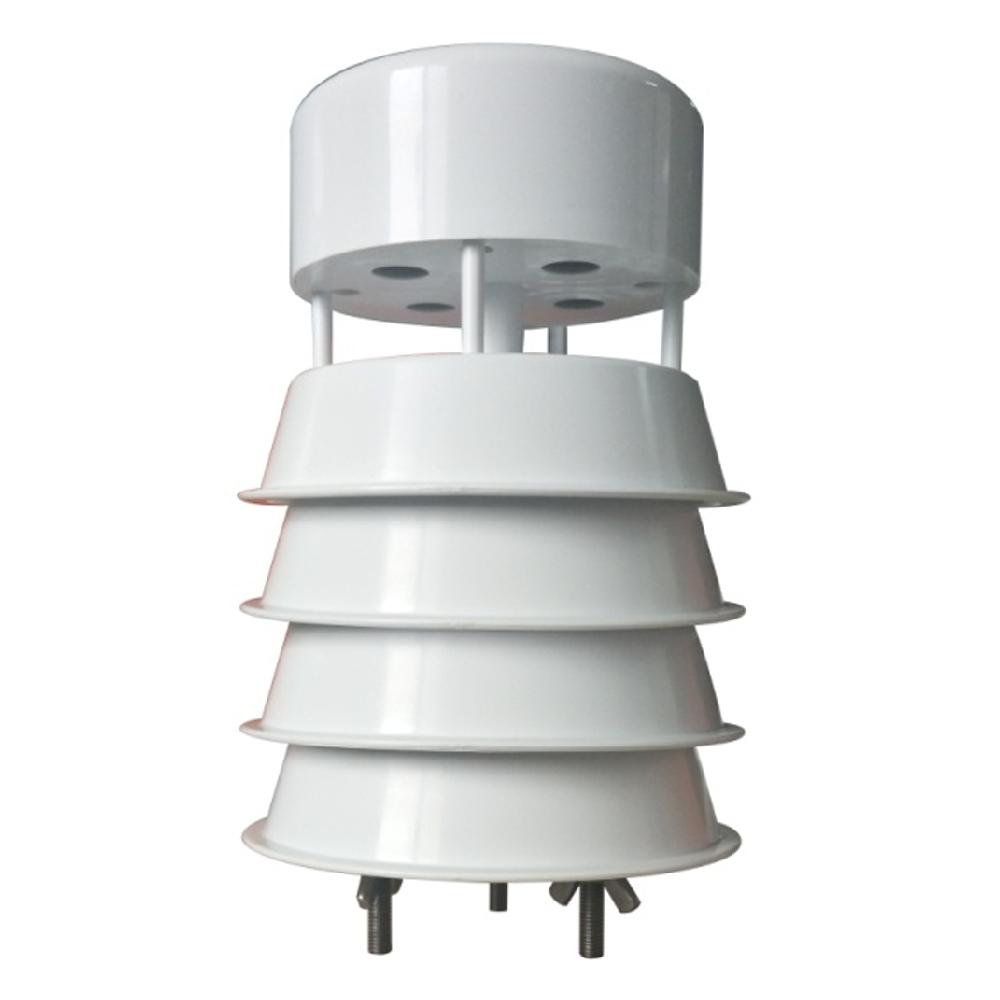 | 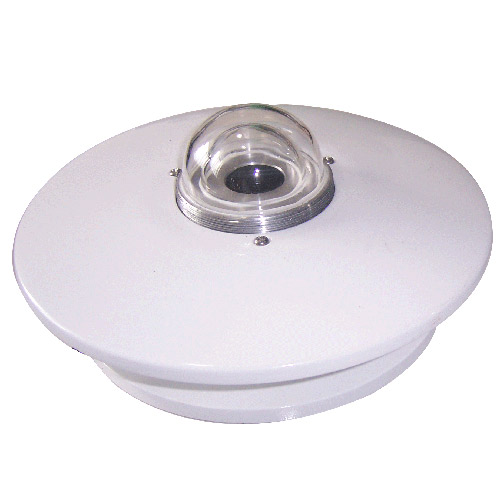 | 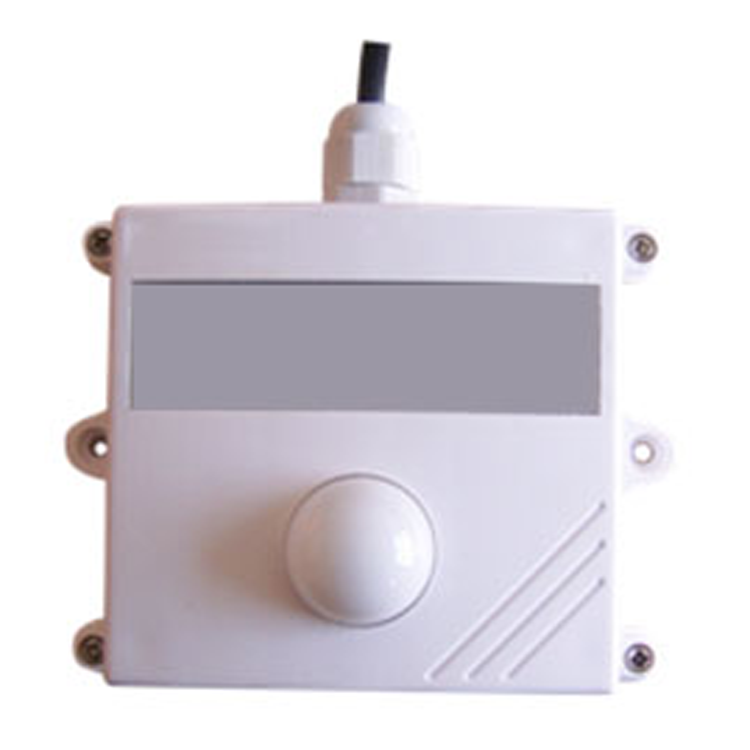 |  |
| Atmospheric Temperature Humidity air pressure Sensor | 5 in1 Ultrasonic Weather Station Sensor | Solar Radiation Sensor | illumination sensor | 7 in1 Ultrasonic Weather Station Sensor |
 | 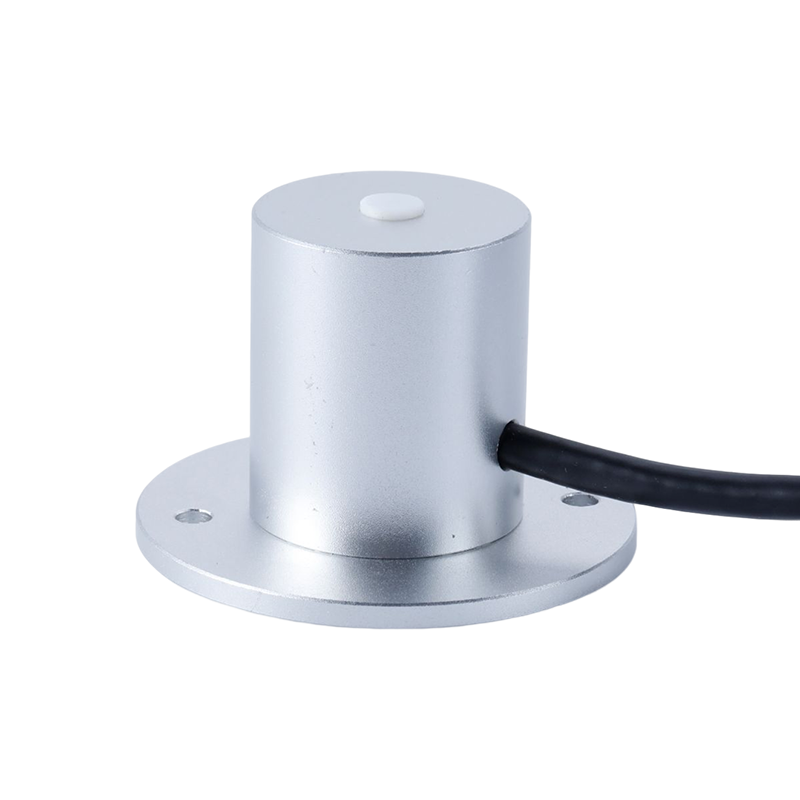 |  |  |  |
| Carbon dioxide sensor | Photosynthetically Active Radiation Sensor | Soil NPK Sensor | Soil pH sensor | Soil Moisture Temperature sensor |
There are many kinds of sensors commonly used in precision agriculture, and each of them undertakes different monitoring tasks, the following is an introduction to some major sensors and their functions:
- Soil Moisture Sensor: Measures the moisture content in the soil for precision irrigation and soil management.
- Soil temperature sensor: monitors soil temperature, which is important for seed germination and crop growth.
- Soil pH Sensor: monitors soil acidity and alkalinity to help farmers regulate soil pH for optimal soil conditions for crop growth.
- Soil Conductivity Sensor: Measures the salt content in the soil to help adjust fertilizer application strategies.
- Soil NPL Sensor: Measures the amount of nitrogen, phosphorus, potassium and other nutrients in the soil to ensure that the crop receives enough nutrients and to minimize quality problems caused by insufficient or excessive nutrients.
- Air Temperature Sensor: measures air temperature, which has an impact on crop growth and the occurrence of pests and diseases.
- Humidity Sensor: Monitors air humidity, which is relevant to irrigation and plant transpiration.
- Wind speed and direction sensors: provide information on wind, which affects crop growth and agricultural spraying operations.
- Light sensors: monitor light intensity and duration to help farmers control plant photosynthesis and improve the efficiency of light energy use by plants. This is particularly important in greenhouse farming, where light sources can be precisely adjusted for efficient crop production.
- Carbon Dioxide Concentration Sensor: monitors the carbon dioxide concentration in the agricultural environment, as carbon dioxide is an important raw material for photosynthesis and its concentration has a significant impact on plant growth.
- Oxygen sensor: monitor the oxygen concentration in the air environment in the greenhouse to ensure sufficient oxygen for crop life activities.
- Gas sensor: detects the concentration of harmful gases in the agricultural environment, such as ammonia, hydrogen sulfide, etc., to ensure the safety of the agricultural production environment.
- Leaf surface humidity sensor: monitors the degree of wetness of plant leaves for irrigation management.
- Plant growth sensor: measure the height, diameter and other growth parameters of plants.
- Dissolved Oxygen Sensor: monitors the dissolved oxygen content in the water, which is very important for aquaculture.
- Turbidity sensor: measures the cleanliness of the water, which affects the quality of irrigation water.
- Monitor the concentration of harmful gases such as ammonia and sulfur dioxide in specific applications such as greenhouse or livestock farming.
Novel sensors continue to emerge in precision agriculture that are designed to improve the efficiency and accuracy of data collection to better support agricultural decision making. The following are some of the new sensors and their potential applications:
- Multi-spectral and Thermal Imaging Sensors: carried by drones, they allow for rapid monitoring of large areas of farmland, identifying crop health, water distribution, pests and diseases.
- Laser Radar (LiDAR): used to generate highly accurate topographic maps to help optimize irrigation and fertilization.
- Autonomous Navigation Sensors: for navigation and obstacle avoidance in self-driving agricultural robots.
- 3D Imaging Sensors: to help robots make accurate crop spacing and row spacing measurements to optimize crop layout.
- Greenhouse gas sensors: used to monitor greenhouse gas emissions to help optimize the greenhouse environment and improve crop yields.
- Air Pollution Sensors: Used to monitor atmospheric pollutants such as pesticide residues to protect the environment and human health.
- Machine Learning Sensors: use machine learning algorithms to analyze data from multiple sensors to provide more accurate crop condition assessment and prediction.
With the data collected from these sensors such as soil moisture sensors, temperature sensors, soil pH sensors, soil conductivity sensors, light intensity sensors, wind speed sensors, and wind direction sensors, farmers are able to implement variable inputs (e.g., fertilizers, water, and pesticides), in the right place at the right time, in the right amount, to improve the efficiency of resource use and reduce environmental impacts while increasing yields and economic benefits.
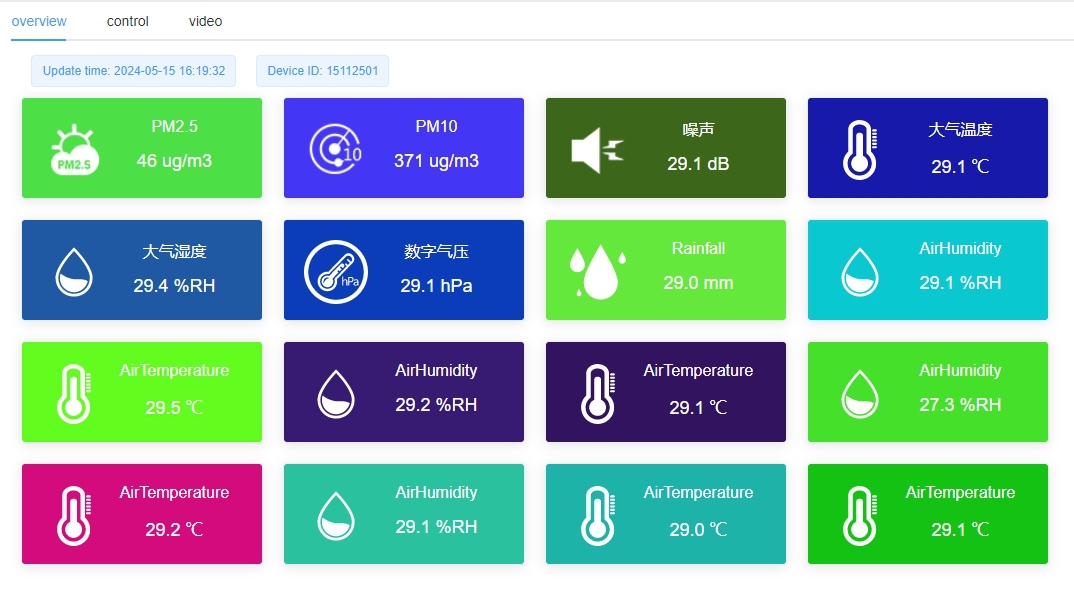
These sensors are widely used in agricultural fields, greenhouses, orchards and other agricultural areas, specific application scenarios and uses include:
1. Irrigation management: Through the data of soil moisture sensors and weather sensors, we can realize precise irrigation and reduce the waste of water resources.
2. Pest prevention and control:
Combine the data from meteorological sensors and gas sensors to predict and prevent pests and reduce the use of pesticides.
3. Fertilizer management:
According to the data of soil sensors, understand the soil fertility status, realize precise fertilization, and improve the utilization rate of fertilizer.
4. Crop growth monitoring:
Using light sensors, carbon dioxide concentration sensors, etc., to monitor the crop growth environment, optimize growth conditions, and improve crop yield and quality.
5. greenhouse planting:
In the greenhouse environment, all kinds of sensors work together to provide the best growth environment for crops to achieve efficient production.
Sensors in precision agriculture in a wide range of application scenarios and uses, in addition to the previously mentioned irrigation management, pest prevention and control, fertilizer management, crop growth monitoring and greenhouse planting, including but not limited to the following points:
6. Soil nutrient monitoring
Application scenarios: farmland, orchards and other places where precise management of soil nutrients is required.
Usage: Monitoring the content of key nutrients such as nitrogen, phosphorus and potassium in the soil through soil nutrient sensors to help farmers understand the soil fertility status and achieve precise fertilization. This not only avoids waste of resources and environmental pollution caused by over-fertilization, but also improves the utilization rate of fertilizers and promotes healthy crop growth.
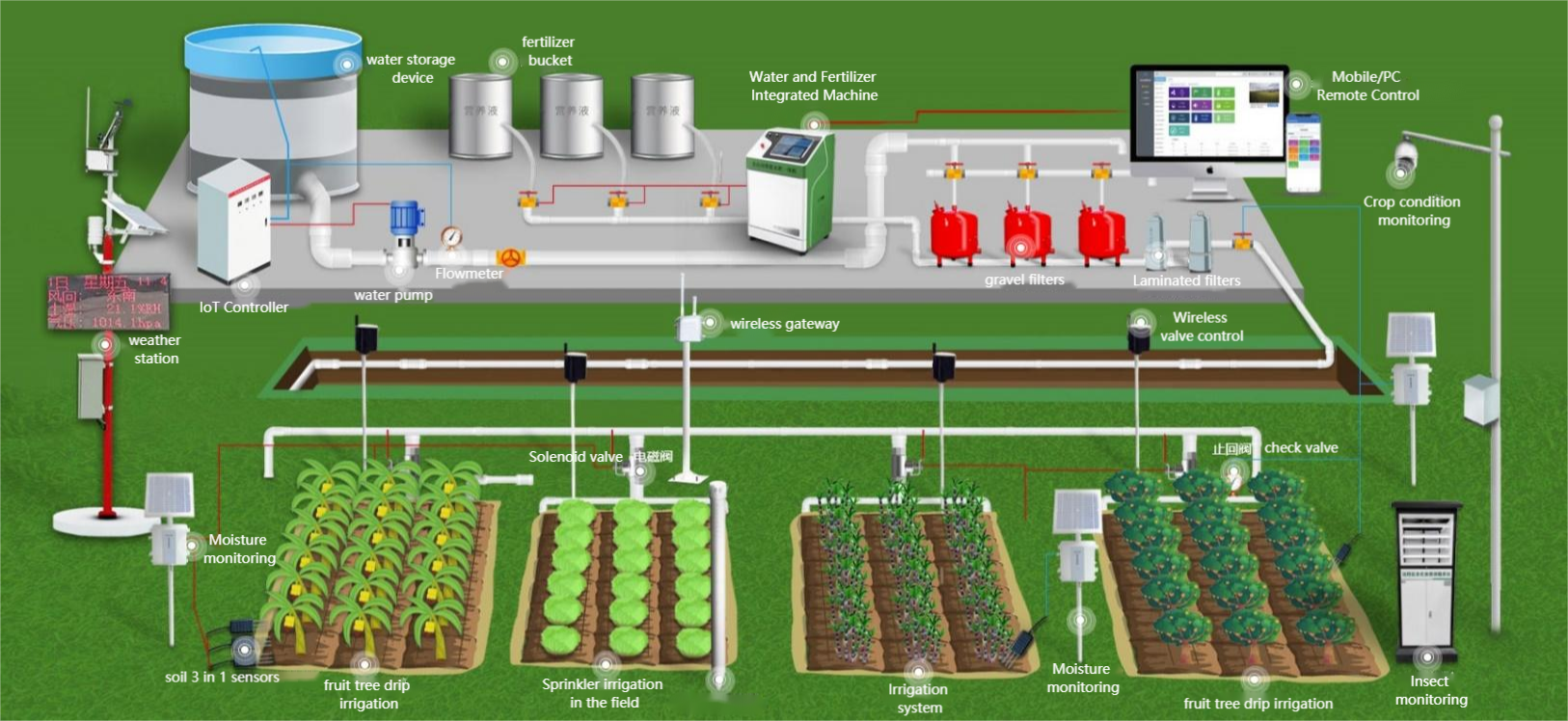
7. Crop Health Monitoring
Application Scenario: Various crop planting areas.
Uses: Remote sensing monitoring of crops using multispectral or hyperspectral sensors. By analyzing the spectral characteristics of leaf reflections, it is possible to identify whether crops are suffering from pests, diseases, nutritional deficiencies or other growth pressures. This non-contact monitoring provides real-time, rapid access to crop health information and provides farmers with timely advice on pest and disease control and nutritional management.
8. Drone Applications
Application scenarios: large areas of farmland, orchards, etc.
Uses: UAVs carrying various sensors (e.g., multi-spectral cameras, thermal imagers, gas sensors, etc.) for high-altitude remote sensing monitoring can efficiently collect data from farmland, including crop growth conditions, pest and disease distribution, soil moisture and nutrient content. After being processed and analyzed, these data can provide farmers with precise field management guidance, such as accurate spraying of pesticides and fertilizers.
9. Intelligent Agricultural Machinery
Application Scenario: Agricultural mechanization operation scenario.
Uses: Modern agricultural implements such as intelligent seeders and harvesters are beginning to integrate sensor technology, such as GPS navigation sensors and soil moisture sensors. These sensors can sense the operating environment in real time, and guide the agricultural equipment to carry out precise seeding, harvesting and other operations to improve operational efficiency and crop yield.
10. Water Resources Management
Application Scenario: Irrigation system, aquaculture, etc.
Usage: Monitoring key indicators such as dissolved oxygen, pH, ammonia and nitrogen in water bodies through water quality sensors to provide accurate water quality information for irrigation and aquaculture. This helps farmers make timely adjustments to water management strategies, such as increasing oxygen and adjusting pH, to ensure healthy crop growth and high-quality output of aquatic products.
11. Greenhouse environmental control
Application Scenario: Greenhouse greenhouses and other facilities for agriculture.
Usage: The greenhouse environment is complex and variable, requiring precise control of temperature, humidity, light and other environmental parameters. The sensor provides data support for the greenhouse environment control system by monitoring these parameters in real time. The control system automatically adjusts the environmental parameters in the greenhouse according to the sensor data, such as opening or closing the vents, shading nets, etc., in order to create the most suitable environmental conditions for crop growth.
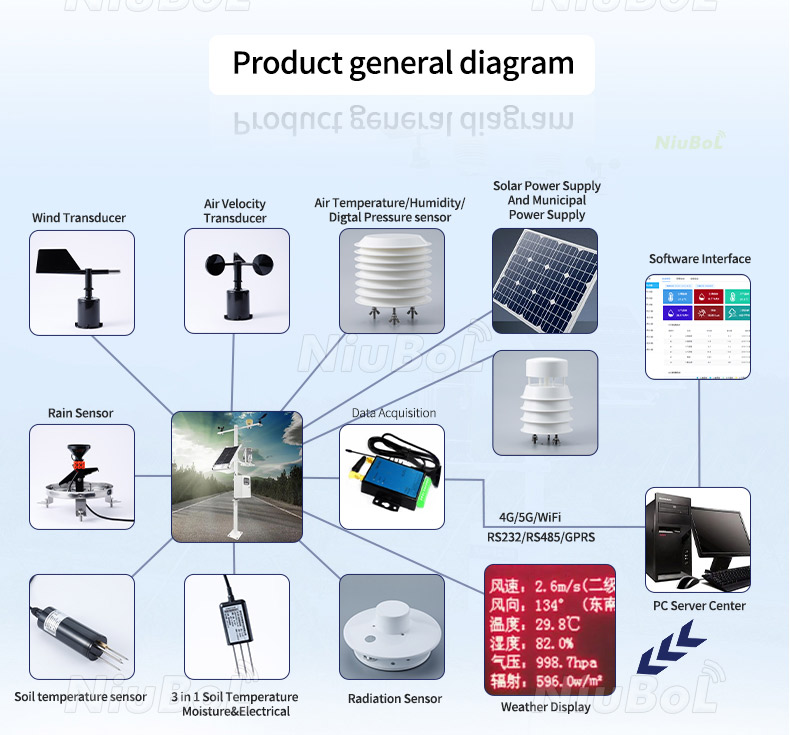
Precision agriculture needs to use these sensors, mainly based on the following reasons:
1. Improve the efficiency of agricultural production: sensors can real-time monitoring and feedback of agricultural environmental parameters, to help farmers make timely adjustments to optimize the planting program to improve production efficiency.
2. Guarantee the quality of agricultural products: through precise control of the crop growth environment, the sensor helps to improve the quality and taste of agricultural products.
3. Saving resources: precision irrigation, fertilization and other management measures can reduce the waste of water, fertilizer and other resources to achieve sustainable development of agriculture.
4. Reduce environmental pollution: by reducing the excessive use of pesticides and fertilizers, the sensor helps to reduce the environmental pollution of agricultural production.
5. Promote agricultural modernization: the application of sensors is one of the important symbols of agricultural modernization, they are combined with the Internet of Things, big data and other technologies to promote the development of agriculture in the direction of intelligence and informationization.
6. Responding to climate change: Sensor data helps farmers better respond to the challenges posed by climate change, such as droughts and floods.
7. Data analysis and decision support: data collected by sensors can be processed through data analysis tools and models to help growers predict crop growth trends, take timely measures to prevent pests and diseases, and improve crop quality.
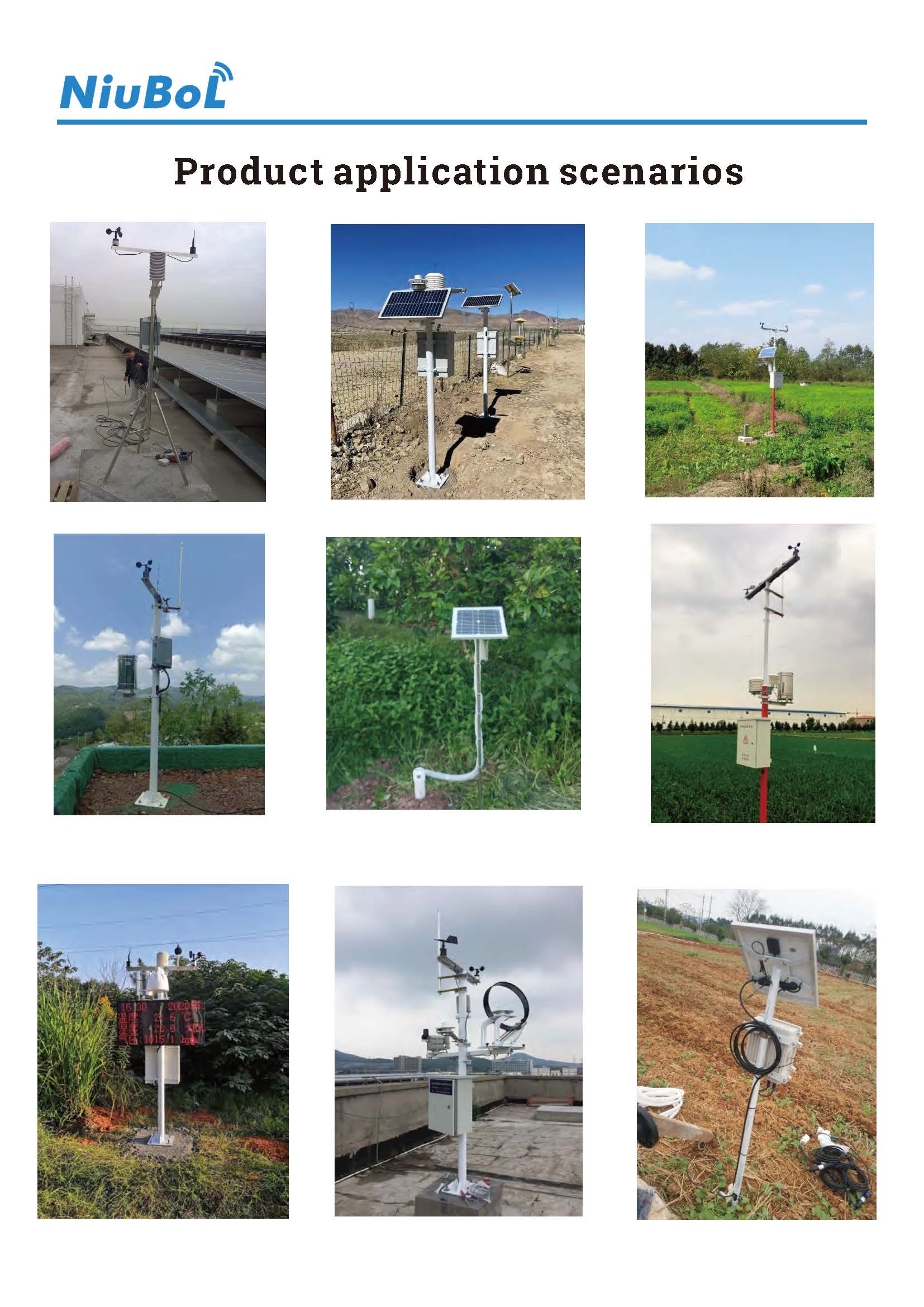
In summary, sensors are vital in precision agriculture, they monitor key data, help scientific management, improve crop yield and quality, reduce resource waste and protect the environment. Through real-time monitoring and data analysis, they provide farmers with a basis for accurate decision-making, promote the development of agricultural intelligence and refinement, and are the core driving force of agricultural modernization and sustainable development. Sensor technology makes agricultural production more efficient and environmentally friendly, and promotes agricultural transformation and upgrading.
Related recommendations
Sensors & Weather Stations Catalog
Agriculture Sensors and Weather Stations Catalog-NiuBoL.pdf
Weather Stations Catalog-NiuBoL.pdf
Related products
 Combined air temperature and relative humidity sensor
Combined air temperature and relative humidity sensor Soil Moisture Temperature sensor for irrigation
Soil Moisture Temperature sensor for irrigation Soil pH sensor RS485 soil Testing instrument soil ph meter for agriculture
Soil pH sensor RS485 soil Testing instrument soil ph meter for agriculture Wind Speed sensor Output Modbus/RS485/Analog/0-5V/4-20mA
Wind Speed sensor Output Modbus/RS485/Analog/0-5V/4-20mA Tipping bucket rain gauge for weather monitoring auto rainfall sensor RS485/Outdoor/stainless steel
Tipping bucket rain gauge for weather monitoring auto rainfall sensor RS485/Outdoor/stainless steel Pyranometer Solar Radiation Sensor 4-20mA/RS485
Pyranometer Solar Radiation Sensor 4-20mA/RS485
Screenshot, WhatsApp to identify the QR code
WhatsApp number:+8615367865107
(Click on WhatsApp to copy and add friends)
